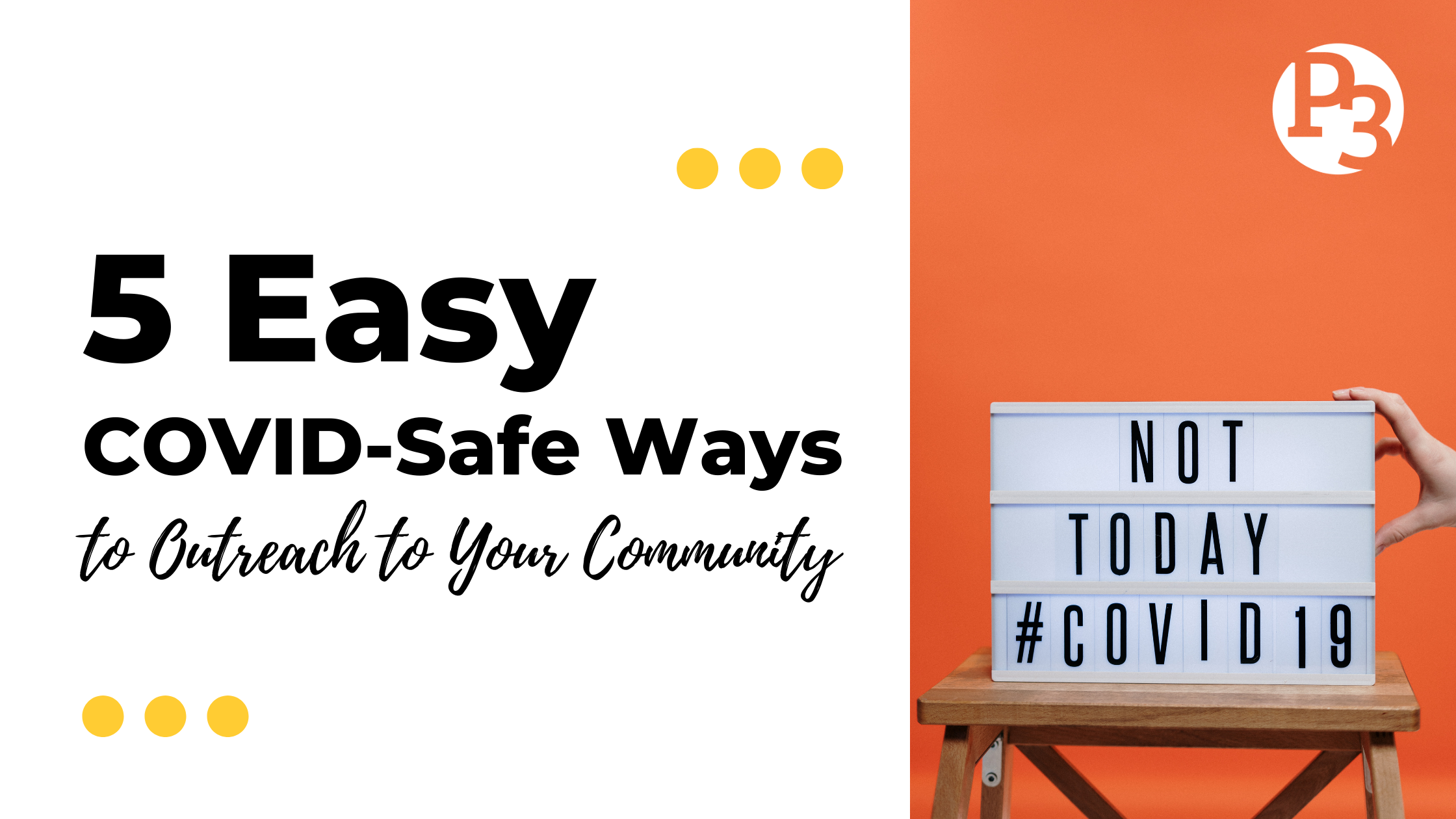
11 Mar 5 Easy COVID-Safe Ways To Outreach to Your Community
The past year has brought a lot of changes, including an increased emphasis on virtual communication, interaction, and engagement. In times where public health concerns require physical distancing, this distance has been bridged by connections online. Virtual meetings and open houses, online surveys, and other web tools have become a standard to allow participation to continue in a safe way.
While virtual outreach is important for public health considerations, it’s also important to incorporate traditional methods of outreach to ensure all community members have access to information and opportunities to participate.
Virtual outreach is cost effective, relatively easy to set up, and safe during a pandemic. However, there can be drawbacks to relying solely on these technologies. Some may not have the technological skill needed to access online resources and tools. Others may lack a reliable Internet connection and struggle to connect during online meetings. Technology can create barriers to access, and in public engagement work it is crucial to ensure accessibility for all to engage as many people in a community as possible.
It can feel tough to balance health considerations with considerations for accessibility. However, this balance can be accomplished through strategic utilization of both virtual and traditional outreach methods. While one may not be able to conduct everything as “normal,” many traditional methods can be used to increase accessibility and ensure more people have the opportunity to become informed and involved.
Here are five traditional outreach strategies that can complement your virtual engagement!
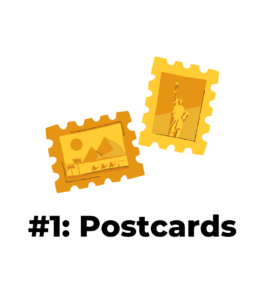
#1: Postcards
Postcards are a great way to reach residents in a study area and inform them about a project and/or upcoming engagement opportunities. These provide quick updates through the mail, so they are convenient for residents without being overly time consuming. Postcards can be used to provide general information about a project, or they can also take the form of meeting notices to advertise upcoming engagement events and activities.
Postcards are especially useful when trying to reach impacted residents in an area. If you anticipate that certain residents may be impacted by a project decision, it’s crucial to include them in the public engagement and decision-making process.

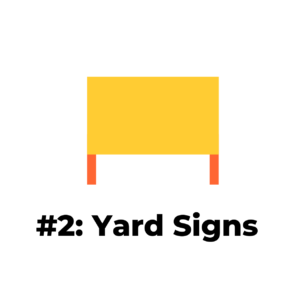
#2: Yard Signs
Yard signs can be placed along popular routes in a study area to provide quick reminders for passersby about a project or upcoming engagement opportunities. These signs should only include basic information that can be read quickly, such as the project name, a website link (if it’s one that is easy to remember), and dates of upcoming opportunities. Yard signs are especially beneficial when hosting public meetings, as one can put meeting details on them so community members can view it quickly.
Yard signs can also be beneficial for pedestrians too, so don’t forget to include signs along popular sidewalks, greenways, or other pedestrian areas! A good strategy is to include a QR code that can lead to a project website, which those that pass by the sign can quickly scan and keep going. Bus stations are another great location for signs, as people will be stopped waiting for the bus and will be able to read the sign and gather more information about the project.

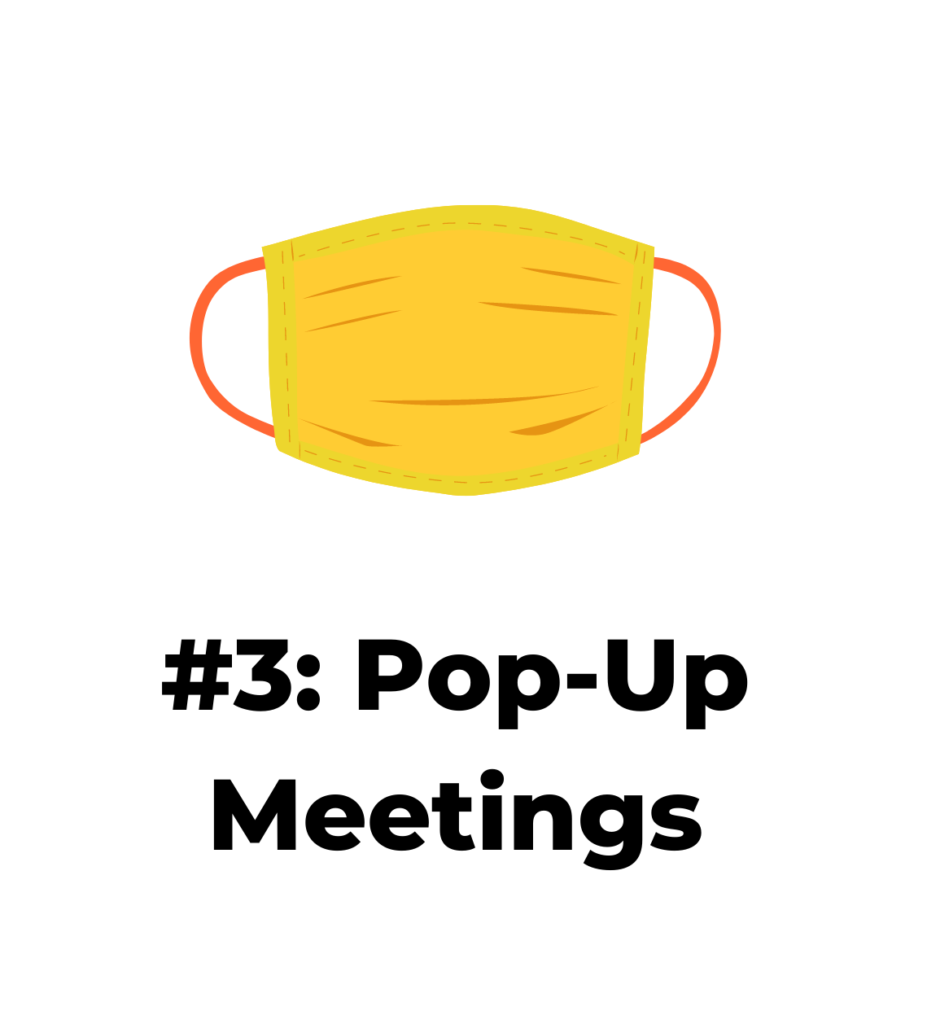
#3: Pop-Up Meetings
Pop-up meetings are an informal meeting method where project staff set up a table or just bring materials with them to a location to talk to community members and spread the word about a project. These are usually hosted in locations that are heavily trafficked within a study area, such as grocery stores, farmer’s markets, or other popular locations.
Pop-up meetings are a great way to incorporate face-to-face interaction in a safe, distanced setting. These events are often paired with a short survey but can also be used to distribute flyers and general project information. To be COVID-conscious, one should have enough copies of materials so that nothing has to be reused by community members (for example: if pens are needed for community members to sign up for something, make sure there are enough pens so that everyone can take theirs with them!).

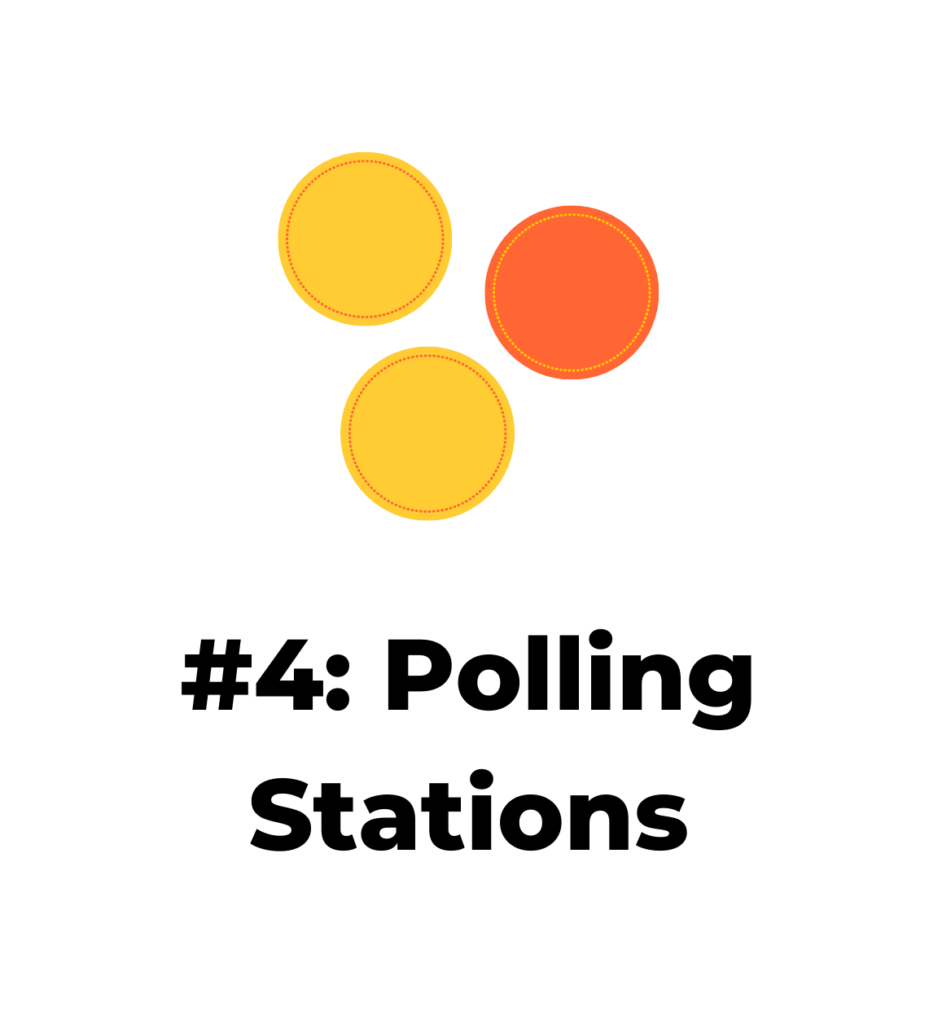
#4: Polling Stations
Want to gather feedback from community members through close-ended response questions? Polling stations are a great way to accomplish this. These stations are best used if you have a couple of questions that you would like answered by the public. These questions should have a few closed response options.
Polling stations can be placed in locations central to the study area, especially transit stops or other areas with shelter. These stations should include some basic information about the project and include materials for community members to select their answers to the questions you need answered. It is also helpful to have flyers or project websites listed so those that are interested can get more information.
Polling stations are an excellent way to gather feedback on specific topics through traditional engagement. This allows those that do not know much about the project, or those that have missed out on other engagement opportunities, to quickly participate in a location convenient for them. Polling stations can also be paired with a virtual survey to collect input on the same questions, which can help gather representative data virtually and through the stations.
Check out our Wake Bus Rapid Transit: New Bern Avenue Design page to see polling stations in action!

*We recommend leaving contact information so that participants who wish to submit comments know where to send them.
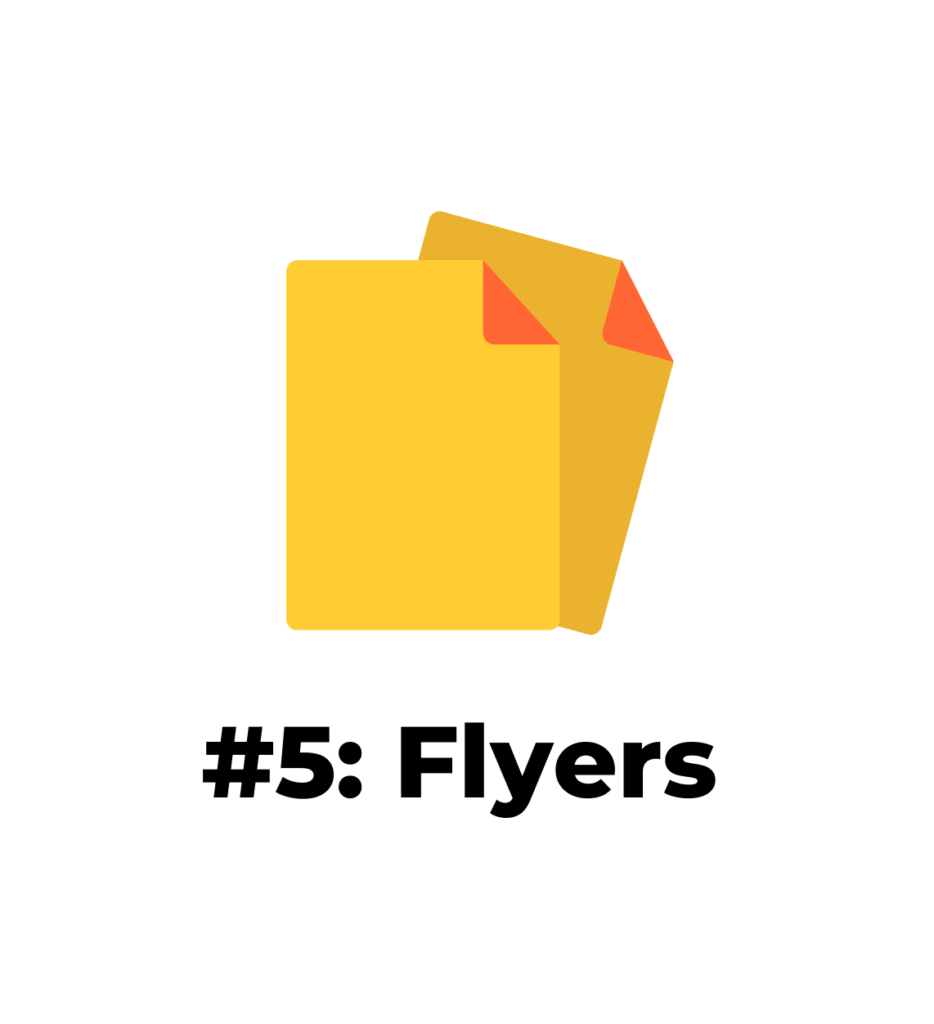
#5: Flyers
Tried and true, flyers are a great way to disseminate information about a project and upcoming engagement opportunities. Flyers are a great visual communication method that can be given directly to community members or posted in central locations throughout a study area.
With permission, flyers can be posted on bus stations, at popular businesses, and other locations that are frequented by community members. These flyers can include a link to a project website or survey, and for even more convenience, they can include a QR code for residents to scan and access resources without searching for themselves. Flyers can also be combined with pop-up events or other informal in-person engagement, as community members can take one with them for more information.
Flyers can also be distributed electronically, so one can design it for virtual distribution and print hard copies as needed for certain locations or events.

Even in an era of digital communication and engagement, it’s crucial to incorporate traditional methods of outreach to allow for all interested community members to be able to participate. While many people are online, there are some barriers to accessing the Internet to participate in decision-making (and some people may just prefer hard copies or in-person engagement!). Agencies must be mindful of these barriers and make considerations in outreach efforts to involve people both digitally and through traditional methods.
Next time you are working on your engagement strategy, consider the above methods (and countless others!) to reach those that may not be reached through virtual efforts. Finding a balance between traditional and virtual outreach works toward engagement that is inclusive and accessible for all in a community.
About the Author: Katie Maynard started her journey with Public Participation Partners as a Community Engagement Assistant in January 2020. When not assisting with public involvement, Katie enjoys reading, traveling to the beach, and spending time with her pets.


Sorry, the comment form is closed at this time.